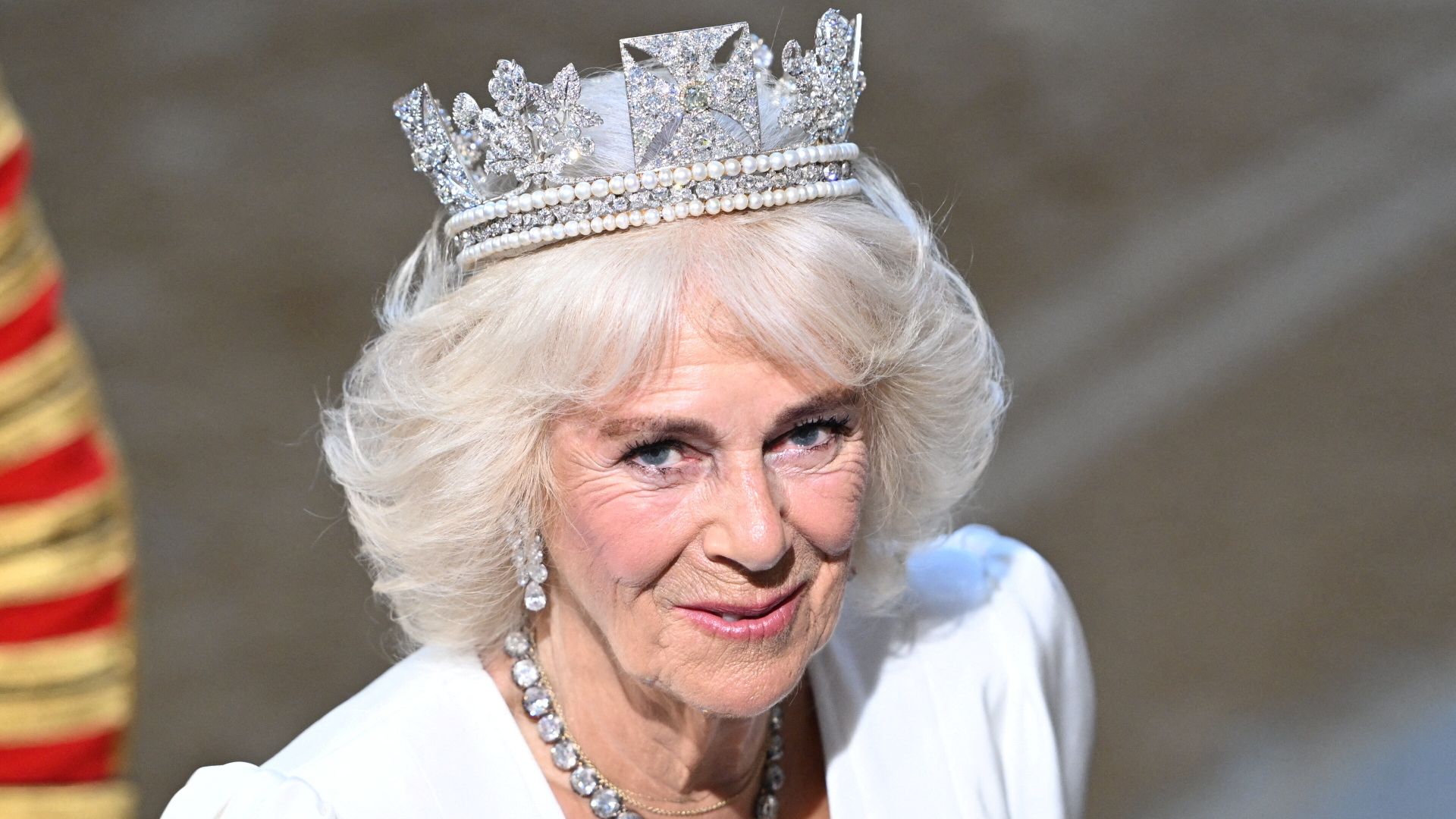
The retirement of several titans of congressional spending hasn’t slowed down the Senate’s appetite for earmarks, with Maine benefiting from a senator’s top spot on a key panel.
Under new management this year, the Senate Appropriations Committee has allocated nearly $7.6 billion worth of earmarks among over 3,700 separate line items tucked into their fiscal 2024 bills, a CQ Roll Call analysis found.
That’s just under the $7.8 billion provided in the initial Senate versions last year. Of that total, $1.8 billion was for projects requested by a handful of senators including top member Richard Shelby, R-Alabama, and Patrick Leahy, D-Vermont, both of whom retired this year.
The new leaders of the Appropriations Committee, Chair Patty Murray, D-Washington, and ranking member U.S. Sen. Susan Collins, R-Maine, have distributed earmarked funds a little more evenly among their colleagues.
Dethroning Shelby as the largest earmarker in the Senate is Lisa Murkowski, R-Alaska — joining a long tradition of legendary Alaskan appropriators like the panel’s former chairman, Republican Ted Stevens. Murkowski, the top Republican on the Interior-Environment Appropriations Subcommittee, secured $465 million for her remote home state, a slight decrease from last year’s Senate bills but still enough to put her at No. 1.
Collins’ promotion to the spot vacated by Shelby coincides with her earmarks total propelling her up to No. 3 in the chamber with $366.1 million, behind only Murkowski and Lindsey Graham, R-S.C., a senior appropriator who has $395.2 million in the Senate bills. Collins and Graham last year were 11th and 6th, respectively.
Collins’ ascension had ancillary benefits for home-state colleague Angus King, I-Maine, a newcomer to the top 20 list at $227.3 million. CQ Roll Call’s analysis allocates joint and bipartisan earmarks proportionally among their sponsors.
For instance, Maine’s senators teamed up on $431.1 million, adding $215.6 million each to their totals on top of projects they secured individually.
Other newcomers to the top 20 include Shelby’s former aide and successor, Katie Britt, R-Alabama, Roger Wicker, R-Mississippi, Deb Fischer, R-Nebraska, a first-time earmarker and new member of the Appropriations Committee; and Richard Durbin of Illinois, the No. 2 ranking Democrat in the Senate and a senior appropriator.
The highest-ranking senator, Majority Leader Chuck Schumer, D-N.Y., comes in 16th on the list at $160.7 million. That’s just behind his sometime-tormentor Joe Manchin III, D-W.Va., the centrist who often votes with Republicans.
While the total amount of earmarked funds has dropped slightly in this year’s iteration of Senate appropriations bills, the number of individual projects has gone up — as has the number of earmarkers, which has helped spread out the dollar amounts a little more evenly. Freshman John Fetterman, D-Pennsylvania, is one of the additions.
Far fewer Republicans request projects, but their total ranks grew by one between the 117th and 118th Congresses, despite retirements. In addition to Britt and Fischer, new GOP earmarkers are Tommy Tuberville of Alabama; John Kennedy of Louisiana; and Markwayne Mullin of Oklahoma, a freshman and former House member who didn’t request projects in that chamber.
Roughly three-fourths of senators requesting earmarks, accounting for about the same percentage of total requests, are Democrats or independents who caucus with them — or in Sinema’s case, who at least vote with them most of the time.
Under Murray’s leadership, Democrats have set aside just 58 percent of total earmarked funds for their side of the aisle to 42 percent for Republicans, counting each party’s share of bipartisan projects.
That’s tilted more heavily to Murray’s party than when Leahy was in charge last year; the split was 54-46 last year in the initial Senate bills.
But it’s more even than the roughly 62-38 allocation House Republicans in control of that chamber settled on for the nearly $7.4 billion in earmarks they’ve included — especially considering House Republicans are sponsoring just 35 percent of the projects.
In the House’s fiscal 2024 bills, 19 of the top 20 earmarkers are men. By contrast, half of the Senate’s top 20 are women.
If history is any guide, any final appropriations deal for fiscal 2024 is likely to simply accept each chamber’s projects, with only duplicate earmarks removed. In fiscal 2023, each chamber’s appropriators included about $8 billion initially, for a total of $16 billion; the total in the final omnibus package was $15.3 billion.
So far with about $15 billion sought by both chambers’ earmarkers combined, it seems likely the final amount will come in a little shy of the fiscal 2023 enacted total. But a deal still seems a long way off as a powerful band of House GOP conservatives seek to cut overall spending in the bills by more than $100 billion.
It’s difficult to imagine earmarks being spared in a situation like that, despite some of the biggest spending critics requesting over $100 million of their own projects. And the alternative to an appropriations deal may be a full-year stopgap measure without any new earmarks.
Story by Herb Jackson and Peter Cohn.










